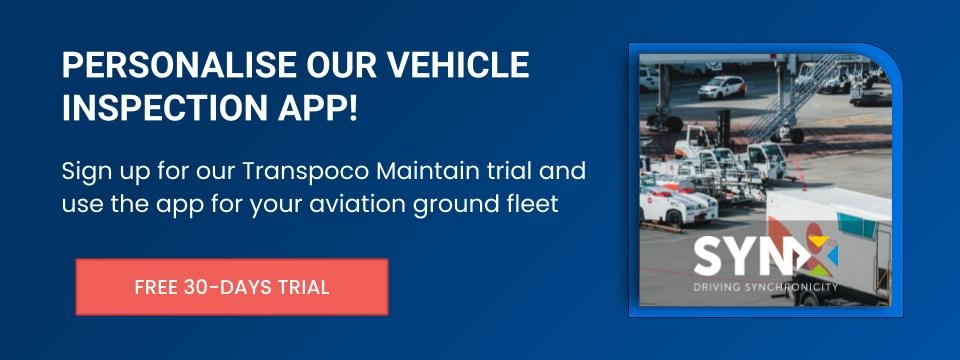
Driving on airside roads and aprons is a challenging task that is completely different from operating vehicles in a traditional scenario. People who usually drive inside the restricted areas of an airport must have an ADP - Airside Driving Permit, a special personal and non-transferable document that allows them to access the apron and drive in all or some of the airport grounds.
In order to obtain the ADP, applicants must hold a valid driving license for the category of vehicle they will drive and pass an exam to prove their knowledge of what we could define the local highway code - the apron safety rules - of which the content will be decided by the airport where they will operate: every ADP is valid only for the airport where it has been obtained. Organisations requiring their staff to drive in airside areas are responsible for ensuring that their drivers meet the conditions for the issue of the Airside Driving Permit. All employers must in fact ensure that their drivers are given adequate training. Training usually includes a full explanation of all regulations and notices applying to the airside areas and other knowledge, such as practical instruction in driving during the day or at night.
But according to RTITB Airside, an airside training company, many airports put operations and people at risk as they do not properly assess practical driving ability before issuing the ADP. Laura Nelson, Managing Director of the company, states in an interview with Airside magazine that “Often an ADP for apron roads is issued simply on the basis that the applicant has completed a theory training course and test” and that “Even after having completed an ADP theory course and test, the most experienced driver may still find it challenging to drive a vehicle on airside roads and aprons,” she continues.
Apart from the need to be aware of airport workers, passengers, baggage handling operators and vehicles, drivers that operate in airport contexts need to understand speed limits, parking regulations and aircraft stand rules and understand the need to check their vehicles and the possible hazards present in their driving tasks.
What often happens is that once the ADP is obtained, there might be the impression that continuous training is no longer needed, while there is still a learning curve that needs to happen before drivers acquire security and, even after that, the most seasoned drivers could become complacent and would almost certainly need some useful reminders.
Assessing risks in GSE fleets could be made more comprehensive with the implementation of a tracking system capable of detecting driving behaviour patterns completed by a maintenance system to help drivers understand how to perform daily vehicle checks and familiarise themselves with vehicle inspections.

Blog Post Photo Credit: photo by Iwan Shimko on Unsplash




